Elizabeth and the Armada
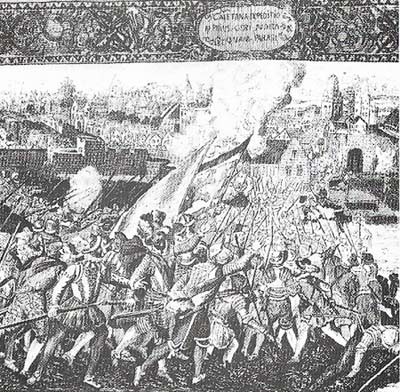
Figure 1. The fall of Calais, the last English foothold in Europe, in 1558 after 200 years of English control, resulted from a war between France and Spain; England was allied to Spain by the marriage of Mary.
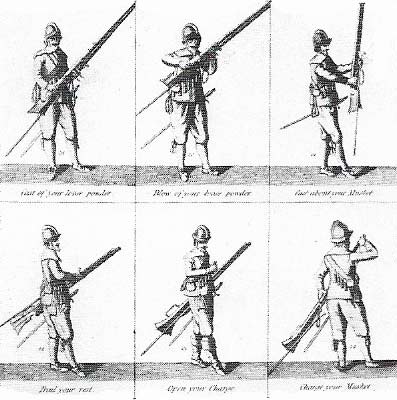
Figure 2. The English militia of levies organized county by county was the only means of defense on land, since there was no standing army. After 1557 every man between 16 and 60 was liable for training in the use of pike and musket. But to be efficient the militia needed energetic Lord-lieutenants; much of its equipment was old and out of date. It was used to defend the Scottish and Welsh borders, and could no be used overseas.
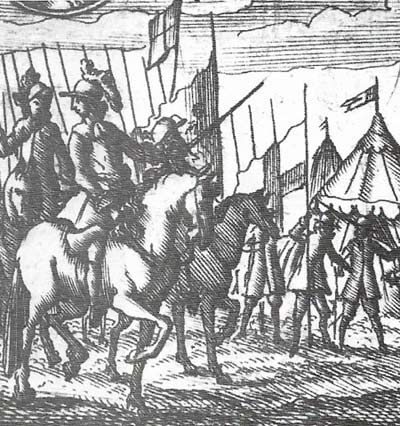
Figure 3. Elizabeth sent the Earl of Leicester in command of an official royal army to The Netherlands to stiffen Dutch resistance to the Spaniards after the Catholics had captured Antwerp. He set out in December 1585, but returned a year later in disgrace. The expedition was costly, Leicester had quarrelled with his allies and angered Elizabeth by assuming the title of Governor of the United Provinces. This conflicted with the Queen's wish to respect Spanish rights of sovereignty. Leicester returned to The Netherlands in June 1587, but was again recalled in November. He is shown here in command of the troops assembled at Tilbury in 1588. English troops fought in The Netherlands until the peace of 1608.
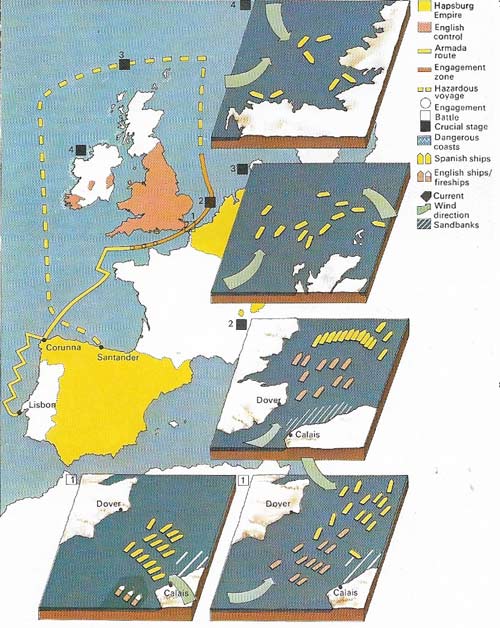
Figure 4. The Spanish Armada put out from Lisbon at the end of May 1588, but was immediately beset by storms which forced it into Corunna. It was not until July that it could sail for England. Lord Howard (1536–1624), the English admiral, sailed out of Plymouth when the Armada arrived eventually in the Channel, to secure the windward position, but the Spaniards continued eastwards. There were some serious encounters off Portland and the Isle of Wight, but when the Armada reached Calais, the army it intended to convoy to England was not ready. Fire ships sent in by the English caused many Spanish ships to drift out to sea. Medina Sidonia, the Spanish admiral, tried to re-form off Gravelines, but the fleet was destroyed by the superior gunnery of the English at close quarters. As the wind veered southwest, the Spanish had to turn north, and were pursued as far as the Firth of Forth. Bad weather then wrecked the fleet, which limped home with more than half its ships missing. The English did not lose a fighting ship.
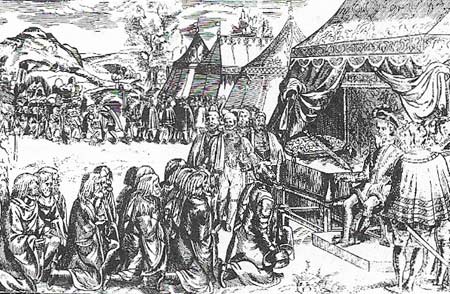
Figure 5. Rebellion in Ireland was dangerous towards the end of Elizabeth's reign. Turlough O'Neill (d. 1595), here seem acknowledging the authority of the English commander Henry Sidney in 1567, kept relative peace, but after his death a countrywide revolt occurred that the Spaniards tried to support in 1596–1597. The Irish rebellion was more expensive to Elizabeth than the whole war with Spain.
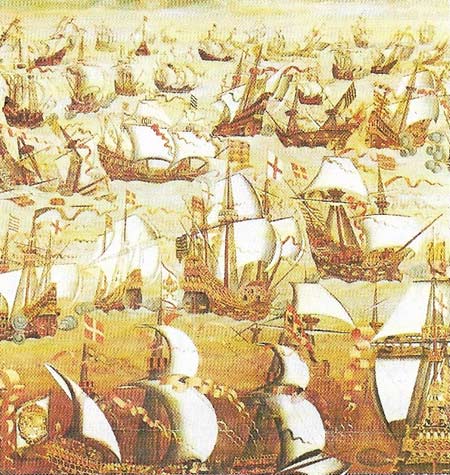
Figure 6. Of the 130 ships of the Armada, only about 50 were designed as fighting craft. The rest carried equipment for the invasion. The galleons themselves were taller and less manoeuvrable than the English ships.
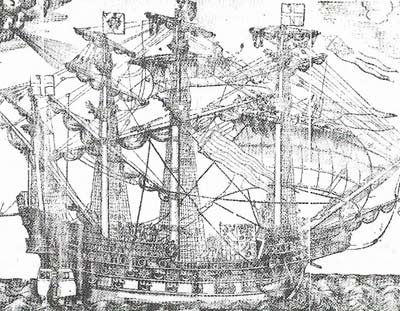
Figure 7. The Ark Raleigh, later named the Ark Royal after being presented to the queen, was one of the finest of the new ships of Elizabeth's reign. It was a four-masted galleon, the main masts bearing topgallants. Walter Raleigh (c. 1552-1618) built it for his won privateers. During the Armada, it was the flagship of Lord Howard of Effingham, the English commander. Later it was named the Anne Royal after the queen of James I.
When Elizabeth I came to the English throne in 1558, France, not Spain was the immediate enemy. Philip II of Spain (reigned 1555–1598), at that time a widower, had been married to Mary, Elizabeth's sister, and he proposed marriage to Elizabeth. Although Elizabeth declined the offer, as she was to decline all other offers of marriage, she and Philip had a common fear that the ambition of the Guise rulers of France would threaten their lands.
The threat of Mary, Queen of Scots
The danger to England was from the "auld alliance" of France and Scotland, where Mary of Guise (1515–1560) was acting as regent for her daughter, Mary Stewart, Queen of Scots, who was married to the French king. Elizabeth connived at and unofficially assisted a Protestant revolution that overthrew French influence in Scotland in 1560, but Mary Stewart's husband died and in 1561 she returned to rule her native country, a beautiful young widow and the most attractive match in Europe. As a Catholic and the great-granddaughter of Henry VII, she was considered to be the rightful queen of England for those of the Catholic faith who regarded Elizabeth as a Protestant bastard.
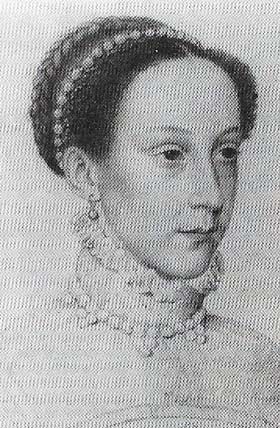 |
| Mary, Queen of Scots (1542–1587), the daughter of James V, was sent to France in 1548 to foil plans to marry her to Edward VI of England. She married the future French king Francis II (1544–1560) instead. This was dangerous to Elizabeth because each had a claim to the English throne, Mary was driven from Scotland after the death of Darnley. Elizabeth imprisoned her in Sheffield Castle, to prevent her causing further trouble to England. But Mary was involved in several plots to assassinate the English queen and in 1587 Elizabeth at last consented to Mary's execution. She had been unwilling to do this because they were cousins and because it implied an attack on the royal authority. |
After a rash and unsuccessful campaign to recover Calais (1562–1563), Elizabeth realized the weakness of her position and settled into the waiting game that thereafter characterized all her foreign policy. By procrastination, apparent indecision, and calculated twists of policy she weathered crises that brought her advisers to despair. She was evasive on Mary's requests to be acknowledged as her successor; and when in 1568 Mary fled from Scotland, she kept her in protective custody for 19 years. So long as Mary lived, France or Spain would hesitate to make an all-out attack on England: it was not until war with Spain had begun that Elizabeth consented to Mary's execution.
War with Spain
In 1572, the French Huguenots (Protestants) were broken in the Massacre of St Bartholomew, and the revived civil war weakened France's activity as a protagonist in international politics. Since the excommunication of Elizabeth by the pope in 1570, Philip, as secular leader of the Counter-Reformation, had a justification for war against her, and a subdued England would have meant improved routes for him to The Netherlands.
There were provocations on both sides, particularly the English privateers' attack on Spanish shipping and posts in the West Indies, and Catholic plots to murder Elizabeth. Yet the drift to war with Spain was gradual. English commercial ties with Spanish-controlled Flanders were too strong to be easily broken, and Philip gave little support to his envoys when they plotted against Elizabeth's life. Elizabeth likewise was equivocal towards the seamen who captured Spanish treasureships and disrupted the trade routes. She willingly shared the plunder, but she disavowed responsibility. She was equivocal too, at first, towards the Dutch revolt against Spanish rule, because she disapproved in general of rebellious subjects and she had not yet the resources for a head-on conflict with Spain.
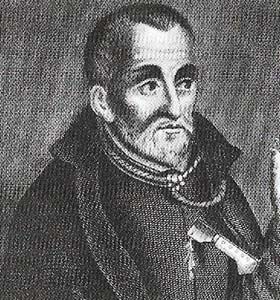 |
| Edmund Campion (1540–1581) was leader of the Jesuit mission in England that was associated with plots to kill Elizabeth to restore a Catholic monarch. He was betrayed and executed for treason. |
The assassination in 1584 of William the Silent, the leader of the Dutch rebels, prompted Elizabeth to send the Earl of Leicester on an official expedition to help the rebels in 1585 (Figure 3), thus provoking the long-feared war with Philip. John Hawkins (1532–1595) had by that time reorganized the English navy. To meet the needs of the age he replaced the high-built carracks, fit to operate only in home waters, with fast ocean-going galleons longer in proportion to the beam (Fig 7). He armed them with long-range cannons, and used smaller crews, which meant less congestion and disease.
Francis Drake (c. 1540–1596) employed some of these new ships in raids to harass the Spaniards at little cost. In 1585–1586, after a landing in Vigo Bay, he plundered the Cape Verde Islands and attacked San Domingo and Cartagena in the Spanish Main. In 1587 he sailed to Cadiz and destroyed 30 ships of the Armada that Philip was preparing to carry an army to England.
The Spanish Armada
Such tactics delayed and weakened the Spanish invasion plan. Nevertheless it was a formidable force of 130 ships and 30,000 men, commanded by the Duke of Medina Sidonia (1550–1615), that rode into the Channel in July 1588 with the object of joining a Spanish army of 17,000 assembled in the Flemish ports (Figure 4). England's land preparations were so dilatory and inadequate (Figure 2) that there could have been little effective resistance if this combined force had landed, or even if Medina Sidonia had interrupted his progress to seize a Channel port.
The English victory over the Armada (Figure 6) was a combination of good fortune and skilful tactics, and it was immediately apparent that the Spaniards would never again be able to threaten the existence of a Protestant England. But the war continued until 1604, with few dramatic successes on either side. English involvement in The Netherlands continued, and Elizabeth intervened against Spanish ambitions in France in the 1590s; the Spaniards, on the other hand, tried to intervene in a rebellion against English rule in Ireland (Figure 5) in 1596–1597. The war became an increasing drain on the resources of both countries and the peace made by James I was well received at home.
